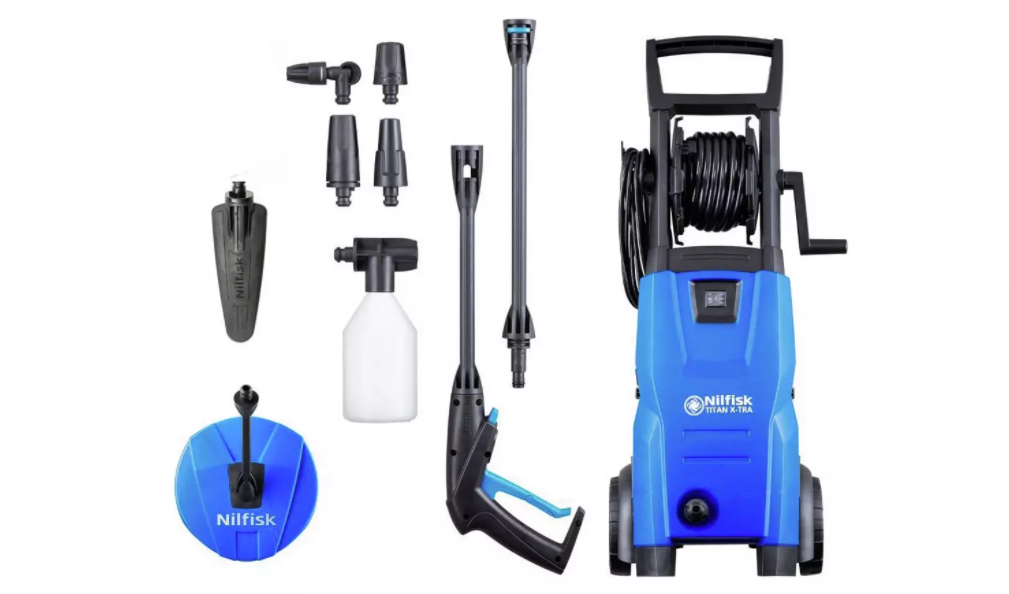Editor’s Note: APYs listed in this article are up-to-date as of the time of publication. They may fluctuate (up or down) as the Fed rate changes. CNBC will update as changes are made public.
How much you should be saving for retirement is an age-old question that just about everybody wants to know.
While the answer has a lot to do with when you plan to retire and the type of lifestyle you want to have in retirement, there are some general guidelines that you can follow at every age to help get you there.
According to retirement-plan provider Fidelity Investments, the rule of thumb is to save 10 times your income if you want to retire by age 67. Adjust this amount if you want to retire any earlier or later. Those retiring at 62 (the earliest you can claim Social Security) will need to save more to compensate for an additional five years without income. Those retiring at 70 probably won’t need the full amount of 10 times their income, as they will have worked an additional three years and presumably have fewer years left to spend their savings.
While Fidelity’s guideline is a big goal, it’s more manageable when you start early and have many years to reach it. Fidelity suggests the following age-based savings milestones that would provide enough income for you to continue your current lifestyle in retirement (rather than planning to downsize or spend more).
Here’s how much cash they say you should have stashed away at every age:
- By age 30: the equivalent of your annual salary saved; if you earn $55,000 per year, by your 30th birthday you should have $55,000 saved
- By age 40: three times your income
- By age 50: six times your income
- By age 60: eight times your income
- By age 67: ten times your income
The above savings guidelines include anything you have in a retirement account, like a 401(k) or Roth IRA, company matches, as well as your investments in things like index funds or through robo-advisers. While personal savings goals can differ between individuals, these milestones can help you stay on track or kick it into gear if you’re no where close.
How to start saving
To reach the above suggestions, Fidelity recommends that you save 15% of your income each year (since age 25) and that, over your lifetime, you invest more than 50% of your savings in stocks to get a higher return on your money.
If this seems like a lofty goal for your finances, you’re not alone.
According to a 2020 TD Ameritrade report, which surveyed 2,000 U.S. adults ages 40 to 79 with at least $25,000 in investable assets, nearly two-thirds of 40-somethings have less than $100,000 in retirement savings and 28% of those in their sixties have less than $50,000. Looking at a younger demographic, a 2019 TD Ameritrade survey found that 66% of millennials (ages 23 to 38) said they need to catch up on their retirement savings.
But anyone, no matter their age or amount in savings, can get started with the same principles. Thanks to compound interest, which means you earn interest on interest, it’s beneficial to start saving early — even if it’s a small, regular contribution — and let it build over years and decades.
It’s also important to balance short-term savings goals. Experts typically recommend having at least three to six months of living expenses in an emergency fund in case of job loss or an unexpected cost. Savings accounts provide a place to save your cash so that it’s easily accessible. An online high-yield savings account can help grow your money faster than a normal savings account would.
Select found that putting just $20 in a high-yield savings each week can help you save $1,000 in a year. This whittles down to saving less than $3 per day, which just goes to show you don’t need to have a lot of money to start preparing for your future.
You can make it even easier on yourself by setting up direct deposit from your checking account and having the money automatically transfer into your savings. Sallie Krawcheck, former Wall Street titan and CEO of digital investment platform Ellevest, says automating your savings is her number-one piece of advice.
To get started, consider a high-yield savings account that offers a yield greater than the national average savings rate and comes with zero monthly fees and no minimum deposits or balance requirements.
The Varo Savings Account offers 0.40% APY regardless of your account balance, with the option to earn up to 2.80% APY if you meet certain monthly requirements. If you sign up for a Varo checking account, account holders can also receive an ATM card for easy withdrawals from their checking or savings.











